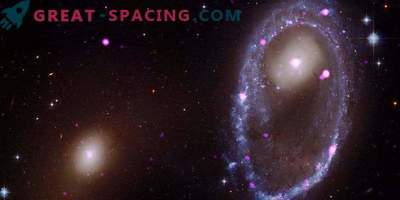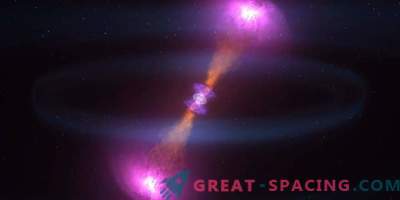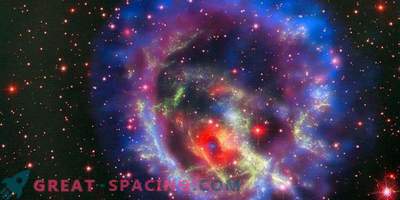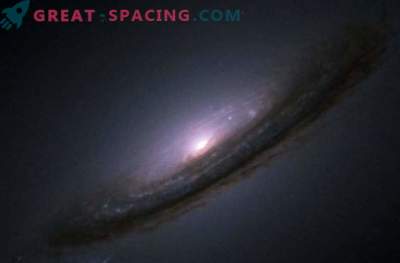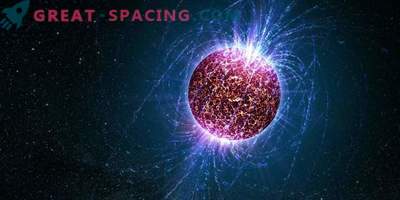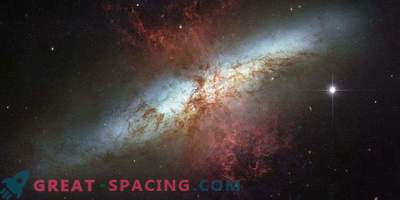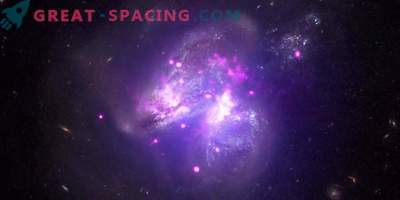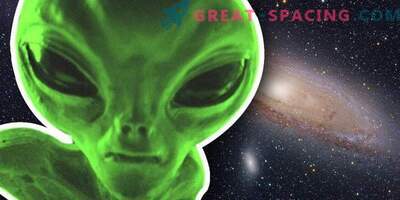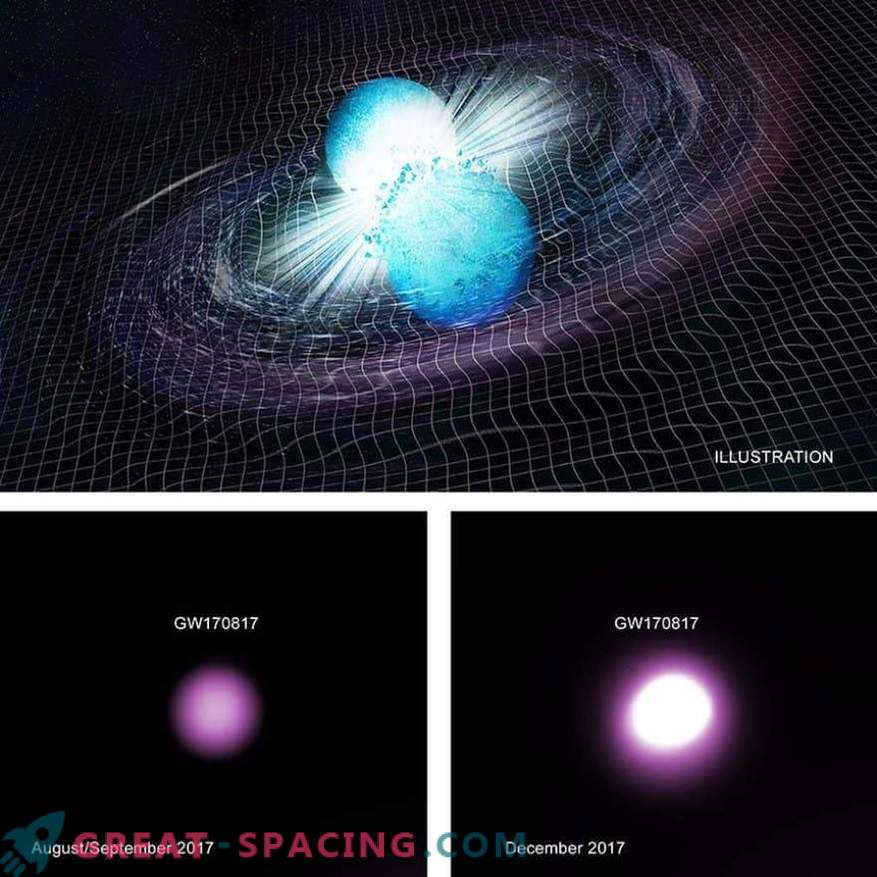
Last fall, mankind managed to observe the spectacular fusion of two neutron stars, in the process of which gravitational waves appeared. But it seems that this event was also followed by the birth of a black hole. This “newcomer” will be the least massive black hole ever found.
The new study analyzed information from the Chandra X-ray Observatory, conducted after detecting Fermi gamma rays in a gravitational-wave observatory of a laser interferometer (LIGO) and missions.
While each available telescope monitored the GW170817 source, Chandra’s X-rays were crucial for understanding what happened after the collision of two neutron stars.
LIGO data showed that the mass of the arisen object is approximately 2.7 times the solar one. This restriction implies the presence of the most massive neutron star or an incredibly low-mass black hole (usually 4-5 times as massive as the Sun). Chandra's observations showed not only what is, but what is not. If it were about the birth of a massive neutron star, it would create a powerful magnetic field with an expanding bubble of high-energy particles, which caused a bright X-ray glow. But visible x-rays are several hundred times lower than expected. Therefore, the black hole has more chances. If so, then we see a complex scenario of the formation of black holes. In the case of GW170817, it took two supernova explosions.

The survey from Chandra did not find the source after 2-3 days, but after 9, 15 and 16 days it was possible to notice it. The clearest visibility came 110 days after the event. Comparison with data from other telescopes helped to see X-rays as a shock wave caused by merging. There are no signs of x-rays from a neutron star. If it is a black hole, then it should become weaker, which was observed recently with the weakening of the shock wave.
Interestingly, if subsequent observations do reveal a massive neutron star, this will violate the theory of the structure of neutron stars and the understanding of their massiveness.

